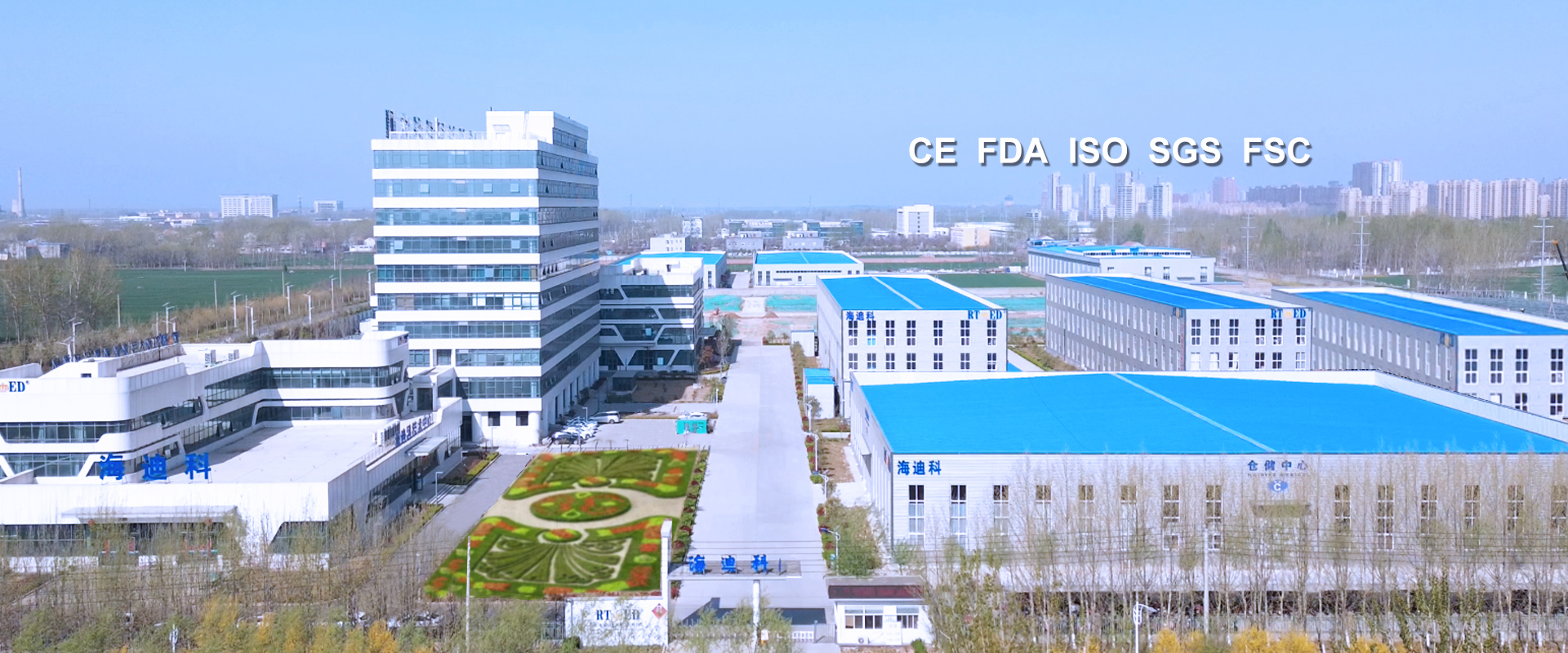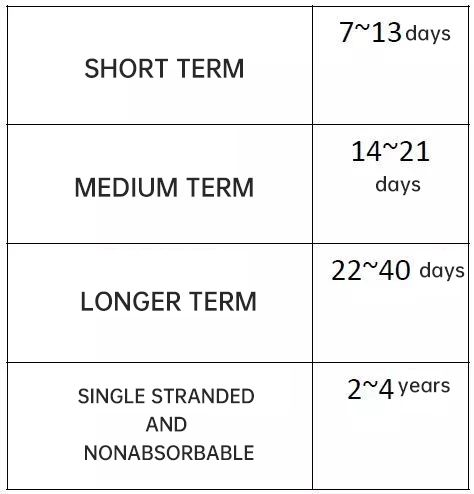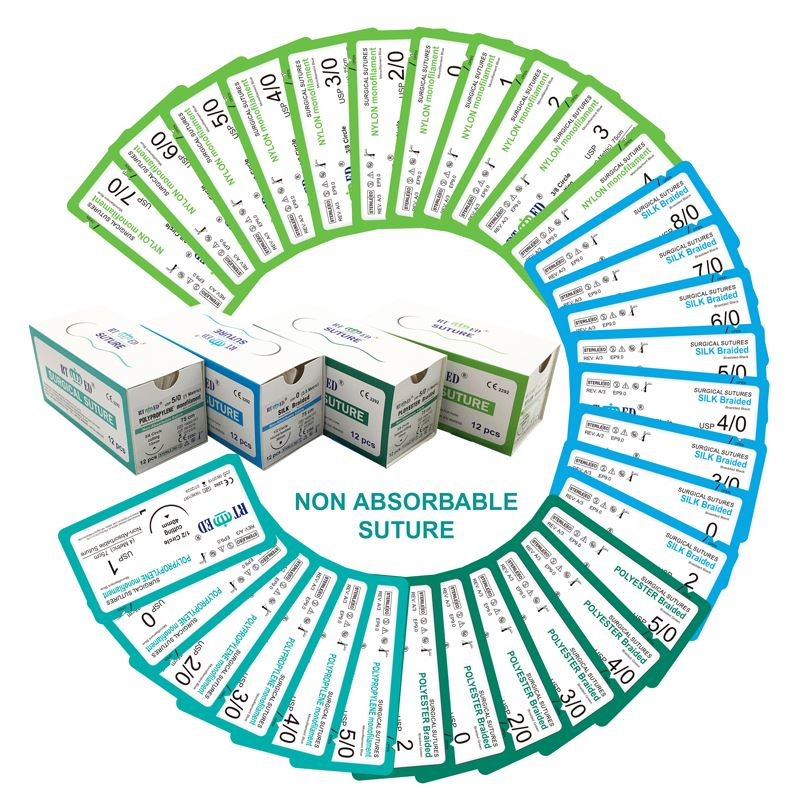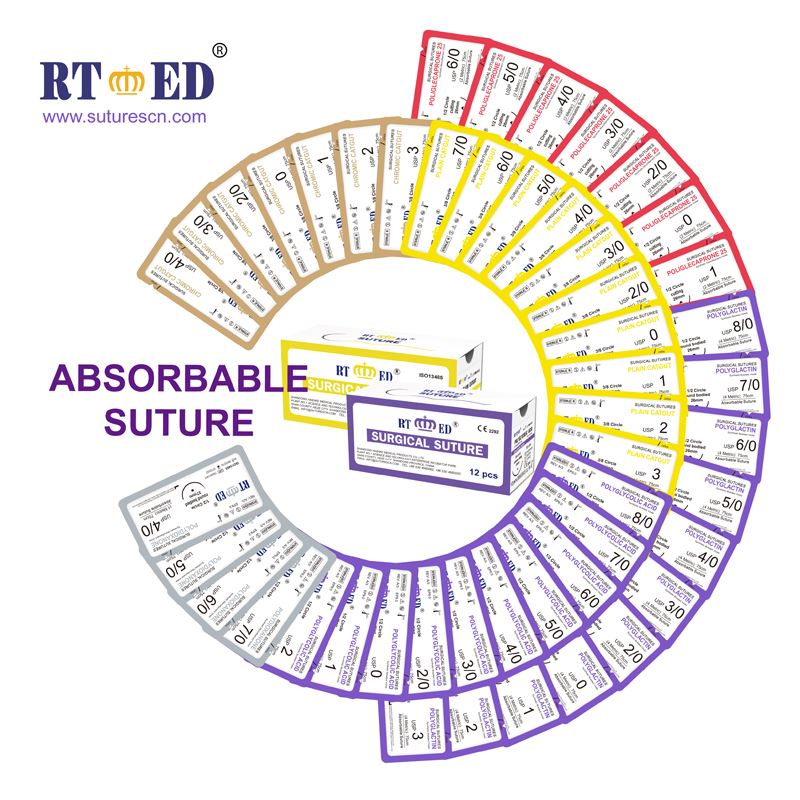
Tel: +86-530-4660062
Mobile: +86-13105409308
E-mail: info@suturescn.com
Tianfu Roud, Dongcheng District,Shan County, Heze City, Shandong, China 274300
Jan 19, 2021
Scene reappearance:
Chief knife: Ms Wang, cut the thread.
Wang: OK.
Main knife: cut it short. Why do you leave the thread so long?
The operation was performed the next day.
Chief knife: Ms Wang, cut the thread.
Wang: OK.
Chief surgeon: keep it longer. This is absorbable suture. What should you do if you cut it so short?
Xiao Wang looks confused······
Why is that? New to you, everywhere you hit the wall, this can be what to do?
Answer:
In fact, surgical sutures can be divided into absorbable and non absorbable types. As the name suggests, absorbable sutures can be absorbed by the body over time, and the specific absorption time is as follows:

It's not enough to know these. In order to avoid Wang's embarrassing reappearance, we should also know the commonly used materials and coatings of surgical sutures. To solve these problems, let's take a look at the following figure:
The figure shows the general classification of surgical sutures. Next, we will introduce the materials of commonly used clinical suture, as well as the related advantages and disadvantages.
Four sisters of non absorbable suture family:
1. Eldest (Silk suture): It is made of continuous protein fiber of cocoon, and it is made of multiple strands. It is packaged in two kinds of packages: thread group and wire harness.
Advantages: low price, easy to disinfect, easy to use, strong knot;
Disadvantages: stimulate tissue to produce inflammatory response.
Usage: mainly used for suturing skin, subcutaneous or internal hoof tissue, muscle layer, etc. The newly developed silk thread has beeswax coating on the surface, which makes the operation more convenient, removes the protein in silk which is easy to cause foreign body reaction, and strengthens its strength, making it more suitable for the current operation.
2. Second (nylon suture): the raw material is polyamide fiber, divided into monofilament nylon thread and multifilament nylon thread, and divided into needle and non needle. Advantages: high tensile strength, little tissue reaction after implantation, excellent elasticity;
Disadvantages: as a member of non absorbable family, it hydrolyzes at a rate of 15-20% in human body every year.
Purpose: it is widely used in microsurgery, dentistry, hand surgery and plastic surgery, such as anastomosis of small nerves, blood vessels and lymphatic vessels, replantation of severed fingers (limbs), maxillofacial and burn plastic reconstruction, deformity correction, etc.
3. Third (polypropylene suture): single strand synthetic suture, which is recognized as the preferred suture in cardiovascular surgery.
Advantages: permanent tension strength (up to 2 years) can be maintained after implanted tissue, smooth handle, easy to knot, little tissue resistance, and firm knot guarantee can be provided.
Purpose: cardiovascular surgery such as vascular anastomosis, nerve anastomosis, distal coronary artery anastomosis, valve replacement and other operations, not only that, but also can be used in plastic surgery such as skin suture and intradermal suture.
4. The fourth (polyester line): multi strand braided line, smooth surface, uniform evenness, no stain, easy to knot. It is usually used in professional surgery, including ophthalmic surgery, skin suture surgery, plastic surgery, gastrointestinal surgery, obstetric surgery, heart valve replacement, heart repair and other cardiovascular surgery.

Absorbable suture four sisters:
1. Elder (absorbable suture - Catgut): it is made of sheep gut submucosa or bovine intestinal serosa. It contains 90% collagen and can be treated with chromate solution to form chromium catgut, which can resist the digestion of various enzymes in the body and prolong the absorption time to more than 90 days.
2. Second (polyglycolic acid suture (PGA)): it is a polymer of glycolic acid and belongs to multi strand braided suture.
Advantages: special coating, soft and smooth, easy to knot, non-toxic, no collagen, no antigenicity, no carcinogenicity, low tissue reaction.
3. The third ( polyglactin suture (PGLA)): It is made of multiple strands, which can be divided into fast absorption and protection.
Advantages of fast absorption: the fastest absorption in absorbable suture.
Disadvantages: the tension decreased by 50% 5-6 days after operation, and the effective wound support time was 10-14 days.
Purpose: mainly used for suturing skin and mucous membrane.
Protection: each fiber is coated separately to eliminate the rough edge of the suture, and has little tissue drag and damage, so the knot is smooth, and the wound support can be extended up to 28-35 days.
4.Fourth (polydioxanone suture (PDO)): This is the only absorbable suture that can provide wound support for the longest time at present. It can last for more than 6 weeks, support the wound for 56 days, and be completely absorbed by the body within 180 days after operation.

With the development of science and technology, some better surgical sutures are often used in the operation of clinicians, such as barbed suture. This barbed suture can avoid knotting, so the operation time is shortened, and the use varies according to the coating. Having said so much, the point is that as a good surgeon, you should be familiar with the common tools in your hands. I hope the author's collation can solve some problems for new doctors.

LINK : HAIDIKE Chinese Website | Made-in-China.com